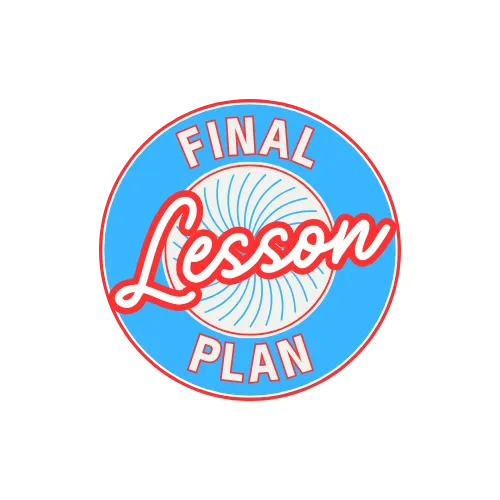
Securing and protecting retirement with one simple lesson plan.

When to Rollover Your Retirement Account?
"Perhaps the most critical aspect of an indirect rollover is the 60 day rule."
When is the Best Time to Rollover Retirement Accounts?
If you’ve recently changed jobs, are nearing retirement, or simply want to take more control of your financial future, rolling over your retirement accounts could be a smart move. But timing matters. Here’s a quick guide on when the best time is to initiate a rollover of your retirement accounts:
1. When You Change Jobs
One of the most common times to rollover a retirement account is when you leave a job. If you have a 401(k) or other employer-sponsored retirement plan (403b), you generally have several options: leave it with your old employer, cash it out (not recommended due to penalties and taxes), or roll it over into an IRA or your new employer’s retirement plan.
Best time: Right after you leave a job or before you start a new one. This helps you avoid losing track of accounts or incurring fees. Rolling over to an IRA can provide more investment choices and potentially lower fees.
2. When You Retire
If you’re retiring but don’t need immediate access to your retirement funds, rolling over your 401(k) or other employer plan into an IRA is often a great option. This allows you to consolidate your accounts, potentially gain access to a wider range of investment options, and have more control over your withdrawals. Plus, IRAs often have fewer restrictions than employer-sponsored plans.
Best time: Just before or as you retire. Doing it early ensures your investments stay in your control, and you avoid making hasty decisions when you need the money.
3. When You Want More Control Over Your Investments
If you're feeling limited by the investment choices in your 401(k) or other employer plan, a rollover to an IRA can offer you more flexibility. IRAs typically provide access to a broader range of stocks, bonds, and mutual funds, giving you more control over your retirement portfolio.
Best time: Whenever you feel you need more investment options, as long as you’re not currently in a high-fee, high-penalty situation for rolling over.
4. When You Want to Avoid High Fees
Some 401(k) plans charge high fees, which can eat into your long-term growth. If you’re in a high-cost retirement plan, a rollover to an IRA or a new 401(k) might help lower your costs and boost your returns.
Best time: Whenever you notice fees eating into your investment returns or if your plan offers limited low-cost options. Moving to a plan with lower fees can make a big difference over time.
5. When You Want to Simplify Your Finances
Consolidating multiple retirement accounts into one IRA or 401(k) can make managing your retirement savings much simpler. If you’ve accumulated accounts from multiple jobs or employers, rolling them into one account makes it easier to track your progress and minimize confusion.
Best time: Anytime you have multiple retirement accounts you want to streamline and simplify.
Final Thoughts: Rolling over your retirement accounts is a powerful way to take control of your financial future, but the timing matters. Whether you’re changing jobs, retiring, or just looking for more control, the best time to rollover your accounts is when it aligns with your life changes, goals, and financial strategy. Always consult with a financial advisor to ensure that the timing and the rollover process are right for your unique situation.
Direct Rollovers- is a clean and tax-efficient way to move retirement funds between accounts without losing control of your savings or facing unnecessary tax consequences.
Indirect Rollovers- An indirect rollover gives you temporary access to your retirement funds, but it comes with more complexity and risks compared to a direct rollover. The key challenge is the 60-day window to deposit the funds into another retirement account and the need to make up for the 20% tax withholding.
DO YOU WANT HELP FROM ONE OF THE TOP (Advisors For Teachers) & RETIREMENT EXPERTS IN THE COUNTRY?
Meet Ryan Eglinton...

After graduating with a Master's Degree in Education Ryan took his skills to the public and private sectors of teaching where teaching children financial education was a top priority. Once he structured his Final Lesson Plan, the goal became to share with as many teachers as he could.
His main goal for his clients is to make sure they have ENOUGH income during their retirement years so at the end of the day, they can live life the way THEY pictured it.
He has educated 100's of teachers on how they can set up their retirements so they have maximum amounts of income. He has created teacher retirement accounts and supplemental income plans with no additional out of pocket expenses to his clients.
